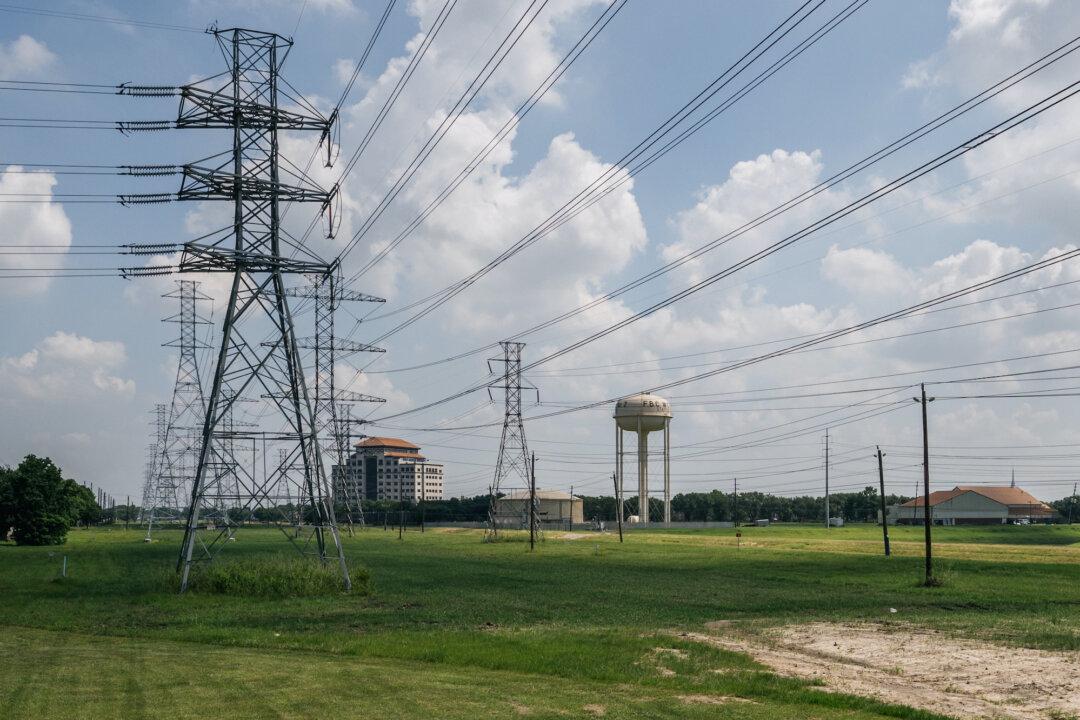While Texas has passed legislation to strengthen the state’s electricity grid after a devastating winter storm last February, some in the energy sector worry that the state might not be ready if a similar storm strikes this winter.
Jason Modglin, president of the Texas Alliance of Energy Producers, said positive steps have been taken by the Texas legislature and state regulators, but the process takes time.





